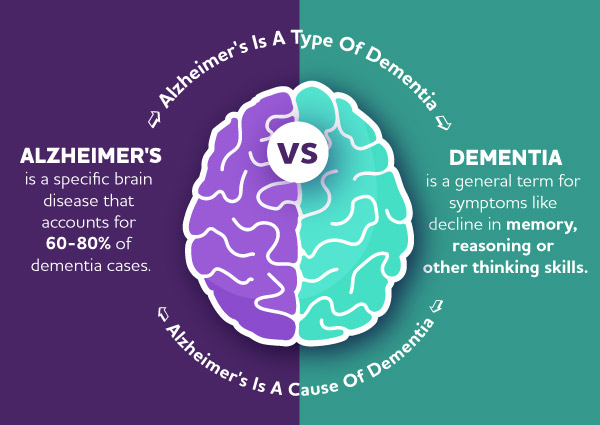Alzheimer’s disease (AD) is a neurodegenerative disorder that accounts for approximately 80% of all dementia diagnoses. As we age, it is normal to notice a slight decrease in cognitive ability, for example, we may forget where we place our glasses or where we park our cars. However, dementia is different than benign senescent forgetfulness in that it interferes with everyday life. As the disease progresses, it is expected that the patients’ mental abilities decline.
There are three main stages of the disease: mild, moderate, and severe. In the mild stage, patients are still able to live independently. They can continue to go to work and drive. In the moderate stage, patients may experience a change in mood, behavior, and/or personality. In the severe stage, patients need constant care and have difficulty walking, eating, and communicating. They also become immunocompromised.

Researchers have also identified genetic components of AD. The apolipoprotein E (APOE) gene is involved in producing a protein that is used to carry cholesterol and fat in the bloodstream. Patients that have the APOE ε4 allele, or the ε4 version of the gene, have an increased risk of AD. However, not all carriers of the ε4 allele will develop the disease. Mutations in the amyloid precursor protein (APP), Presenilin 1 (PSEN1), and Presenilin 2 (PSEN2) have also been associated with an increased risk of AD.
AD patients develop accumulations of proteins in their brain known as amyloid plaques and tangles. Mutations in APP, PSEN1, and PSEN2 hinder the body’s ability to breakdown amyloid plaques and tangles, contributing to the disease.
New research also suggests that metal dyshomeostasis is involved in AD onset. Zinc, iron, and copper ions have been found in high concentrations in amyloid plaques. In a study done by Choi et al. the scientists proposed that metal chelation molecules may be used to break up amyloid plaques. Choi et al. developed molecules called L2-a and L2-b that chelate metals and interact with amyloids. Their molecules also bind to the amyloid monomers and aggregates and are cable of disrupting aggregation. Moreover, their molecules are not toxic to the cell. The results of this study are very promising and may lead to the development of novel treatments for AD.


